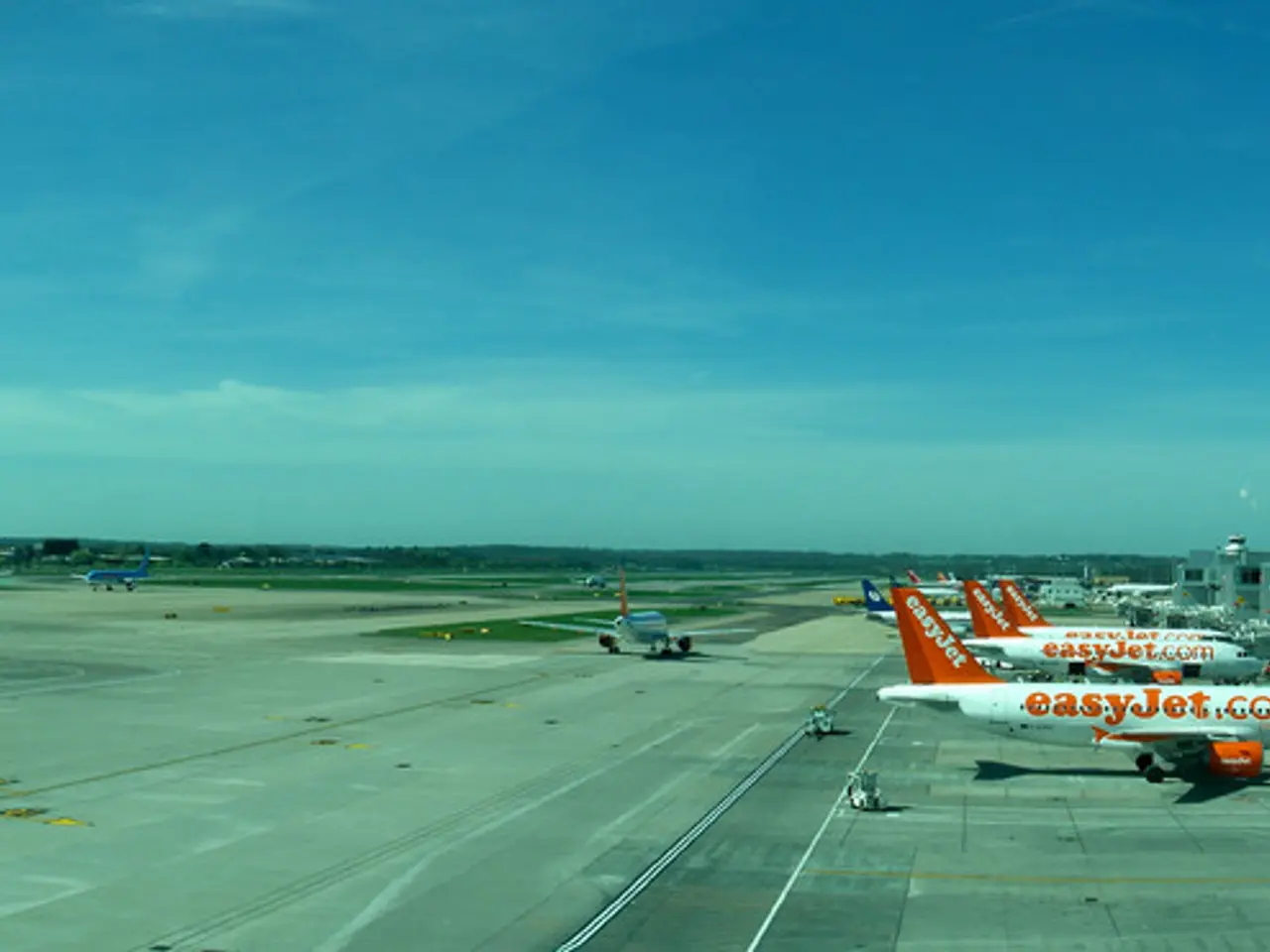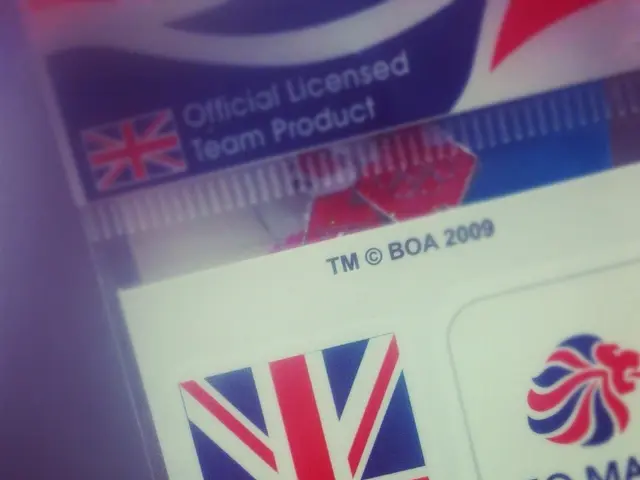Airport Shoe Wearing Now Unrestricted for US Passengers - Airports in the United States no longer require travelers to remove their footwear during security checks.
In a significant move towards enhancing the passenger experience, the Transportation Security Administration (TSA) has announced that the shoe removal requirement at U.S. airport security checkpoints will be abolished. This change, which reflects advancements in security technology and methods, comes after nearly 20 years of maintaining strong security.
The shoe removal rule was initially introduced in 2006, following the attempted shoe bombing by Richard Reid on a flight from Paris to Miami in December 2001. Reid, a member of the Al-Qaeda terrorist network, had attempted to ignite a fuse on his explosives-laden shoes. However, he was overpowered by other passengers on the flight.
Since then, the TSA's security process has evolved, employing a multi-layered, interagency approach. This evolution has seen the introduction of the PreCheck program for trusted travelers in 2013, exempting them from shoe removal at security checkpoints. Now, this exemption extends to all passengers with a REAL ID, covering over 90% of travelers.
Children under 12 and adults over 75 were already exempt from the shoe removal procedure, and the change is expected to significantly reduce wait times at security checkpoints for the majority of passengers.
The TSA's statement highlights that they are "always exploring new and innovative ways to enhance the passenger experience and our strong security posture." The change is due to improved screening technology and intelligence that reduces the need for this specific form of screening, suggesting that the shoe removal rule was seen by some as a form of "security theater," a visible ritual that offers limited measurable safety benefits.
The change is being implemented gradually at various airports, starting with places like Baltimore/Washington International Airport and Philadelphia International Airport. Passengers without a REAL ID may still be subject to additional screening, including shoe removal.
Homeland Security Secretary Kristi Noem announced the change at Ronald Reagan National Airport in Washington. The TSA's security process still requires passengers to undergo identification checks, Secure Flight checks, and other processes. The statement from the Department of Homeland Security did not mention any specific airport where the change was announced or specify any further changes to the TSA's security process.
It is important to note that Richard Reid is currently serving a life sentence in a maximum-security prison in the U.S. state of Colorado. The TSA's evolution since the introduction of the Shoe Removal Rule in 2006 has been ongoing, and this change is a testament to the agency's commitment to improving the travel experience while maintaining safety standards.
- The TSA's latest announcement regarding the abolishment of the shoe removal rule at U.S. airport security checkpoints is rooted in the advancements of security technology and methods, particularly in the industry of finance, which has enabled the agency to reevaluate certain policies such as the employment policy, including the employment policy of security screening.
- The transportation sector, specifically the aviation industry, will experience a significant shift in lifestyle due to the removal of the shoe removal rule, with travelers no longer needing to adhere to this requirement, thus potentially reducing wait times at security checkpoints and enhancing the overall travel experience.
- As the TSA continues to implement this change, they remain committed to their community policy of constantly exploring new and innovative ways to improvethe passenger experience, all while maintaining strong security measures, driven by insights from various sectors including finance and industry.




